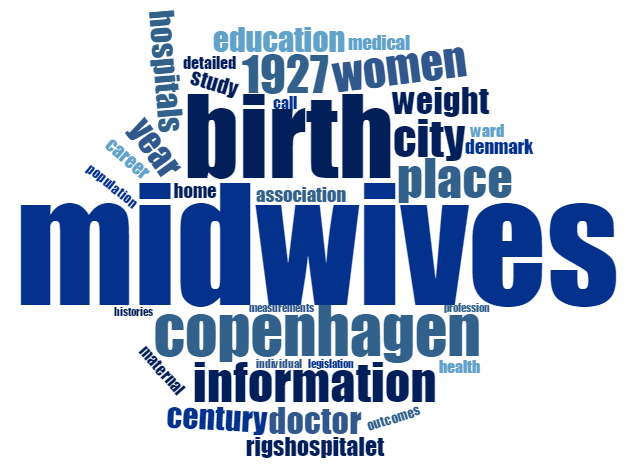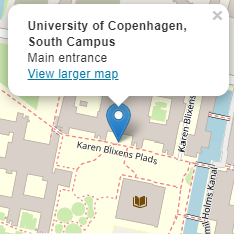Weighting babies
Midwives and birth attendance in early 20th Century Copenhagen

Biohistory Seminar: Bárbara A. Revuelta-Eugercios will present her ongoing work with Anne Løkke on birth attendance in early 20th century Copenhagen using the Fødselprotokoller (midwive’s birth registries).
Most of what it is known about obstetric care and perinatal health for the early 20th century in the Western world comes from the information of hospitals and lying-in hospitals as they were the only places where consistent measurements and records were kept. For Denmark, the main institution of that type is the Royal Lying-in hospital in Copenhagen (that later was included within the Rigshospitalet), which collected birth weight information from very early on in the 19th century. However, thanks to the introduction of very early legislation on midwife education and the requirement to keep birth records on all the births they attended since 1860, we have a wealth of additional information for individual midwives and their caseload. And since 1927 these records included birth weight.
This study exploits the birth registries in 1927 to study birth attendance. We have collected a sample of births from selected midwives as well as the institutional records, which have been transcribed into a database that contains nearly 1,500 births. On the one hand, these records allow us understanding the career, the clientele and the daily life and practice of midwives. On the other hand, hey allow us to study the health outcomes of the women who attended, as birth weight and length started to be included in the registries.

